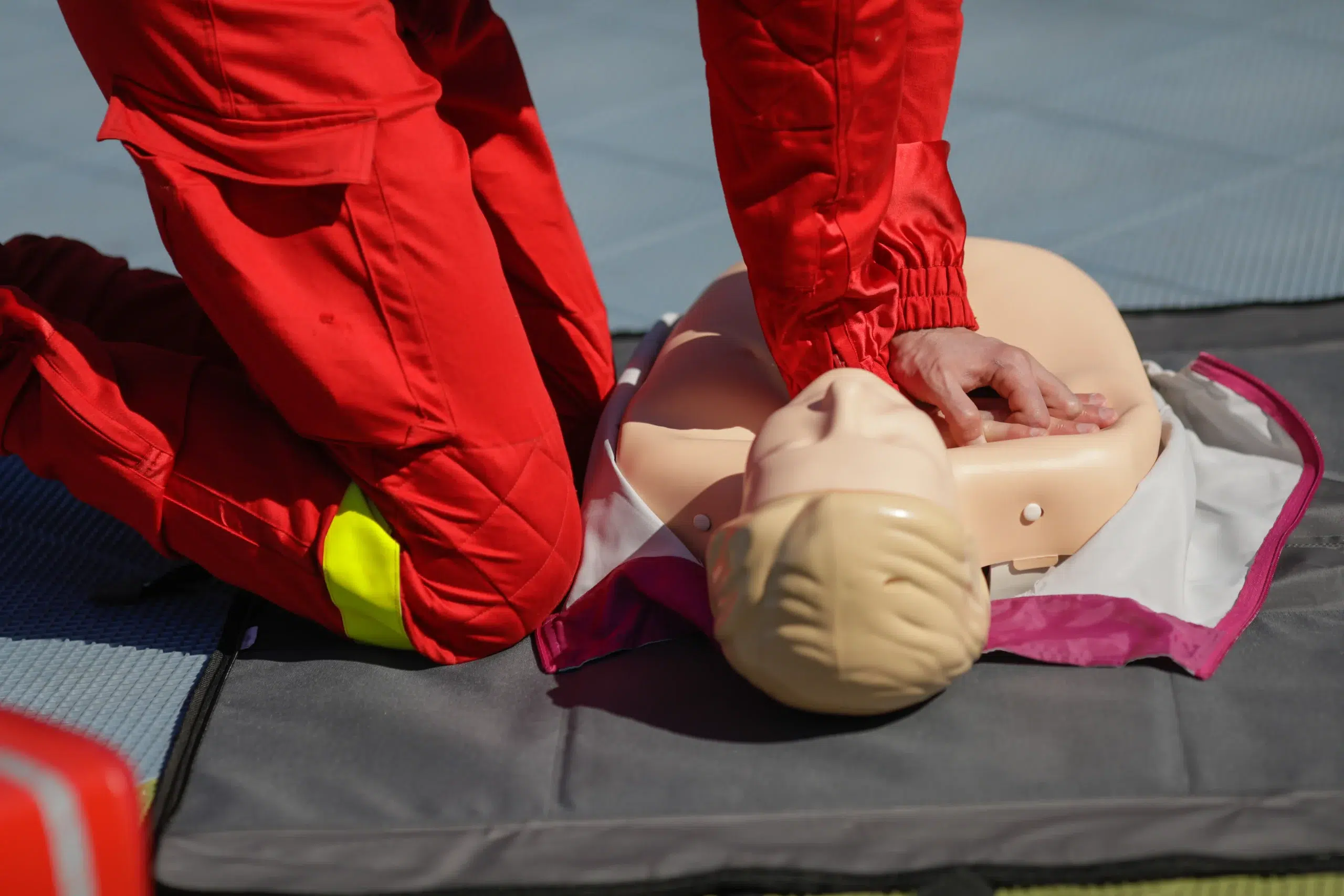When it comes to saving a life, seconds count. Cardiopulmonary resuscitation (CPR) is a crucial technique everyone should know. Yet, myths about CPR can mislead and confuse. Let’s tackle these misconceptions head-on.
What is CPR, and Why is It Important?
CPR is a life-saving procedure used during cardiac arrest. This condition occurs when the heart stops beating. Administering CPR keeps oxygen-rich blood flowing to vital organs until professional help arrives.
Despite its importance, many myths cloud CPR’s effectiveness. These myths can deter people from acting quickly in emergencies. Understanding the truth can empower you to act confidently.
Myth 1: You Need Certification to Perform CPR
You don’t need certification to perform CPR. Anyone can learn the basics. The American Heart Association (AHA) encourages everyone to perform CPR when someone collapses and has no pulse or breathing.
Certification can deepen your understanding. However, you can still help save a life without it. Acting quickly is more important than hesitating due to a lack of certification.
Myth 2: CPR Always Involves Mouth-to-Mouth Resuscitation
CPR doesn’t always require mouth-to-mouth resuscitation. Hands-only CPR can be enough for adults. The AHA recommends chest compressions as the initial response. These compressions pump blood through the body.
Mouth-to-mouth is still vital in certain cases, like when performing CPR on children or drowning victims. But for most adults, chest compressions should be your focus.
Myth 3: You Can Hurt Someone by Performing CPR Incorrectly
Some fear injuring a victim with CPR. In truth, doing something is better than doing nothing. Chest compressions may cause rib fractures, but they are necessary to maintain blood flow.
Victims of cardiac arrest are already at risk. Performing CPR increases their chances of survival. Hesitating due to fear of injury can reduce these chances.
Myth 4: CPR is Effective 100% of the Time
CPR doesn’t guarantee a full recovery. Success rates vary based on several factors. Timely intervention, the victim’s health, and the presence of medical help all play roles.
Nonetheless, CPR can double or triple survival chances. While it isn’t a magic solution, it significantly increases the likelihood of recovery.
Myth 5: CPR is Only for Adults
CPR is not just for adults. Children and infants can also suffer cardiac arrest. The technique differs slightly based on age. Use less pressure for young children and infants.
Learning CPR for all ages is crucial. Taking the time to understand these differences can prepare you for any situation.
Myth 6: Only Healthcare Professionals Should Perform CPR
While healthcare professionals are trained, laypersons can perform CPR too. Immediate action by bystanders is often the key to survival. Bystanders are more likely to be present when accidents occur.
The AHA’s “Chain of Survival” emphasizes early intervention. Bystanders are encouraged to act without delay. Every second counts, and you can make a difference.
Myth 7: Cardiac Arrest is Easy to Identify
Cardiac arrest symptoms can be subtle. Not all victims will clutch their chest and collapse. Symptoms may include sudden loss of responsiveness and absence of pulse or breath.
Awareness of these signs is critical. Quick recognition allows swift action, increasing the victim’s chance of survival.
Myth 8: CPR is Complicated and Requires Special Training
CPR is straightforward. Training enhances skill but isn’t necessary for basic assistance. The AHA offers guidance through programs and online resources.
Hands-only CPR involves two steps—calling emergency services and applying chest compressions. Anyone can do this. Don’t be afraid to act.
Myth 9: CPR Alone is Enough to Save a Life
CPR is a bridge to professional medical help. It sustains life until emergency services arrive. Defibrillators and advanced care are often necessary for a full recovery.
While CPR is vital, it is one part of a comprehensive response. Awareness of nearby defibrillators and medical services complements CPR efforts.
Myth 10: You Must Perform CPR Until Help Arrives
Performing CPR requires stamina. You’re encouraged to continue until help arrives, but it’s wise to know your limits. If possible, rotate with another bystander to maintain effectiveness.
Continued effort is critical. Sustaining compressions until professionals arrive maximizes the victim’s chances.
Myth 11: CPR isn’t Necessary If the Victim is Gasping
Gasping isn’t effective breathing. It may occur during cardiac arrest. If a victim is unresponsive and gasping, start CPR immediately.
Don’t mistake gasping for normal breathing. Timely intervention remains crucial.
Myth 12: Performing CPR on Someone Who Doesn’t Need It Can Be Harmful
Concern over harming someone with unnecessary CPR is common. However, the benefits often outweigh the risks. Acting in good faith can save lives, and legal protections are in place for bystanders.
Trust your instincts. If you believe someone is in cardiac arrest, take action.
Conclusion – CPR Myths
Understanding CPR myths can empower you to act confidently in emergencies. Knowledge dispels fear, enabling swift decisions. Though not every situation can end perfectly, CPR increases the odds of a positive outcome. For more information, consider attending a CPR course, and explore resources offered by Safety Training Seminars. Contact us today to learn more.








